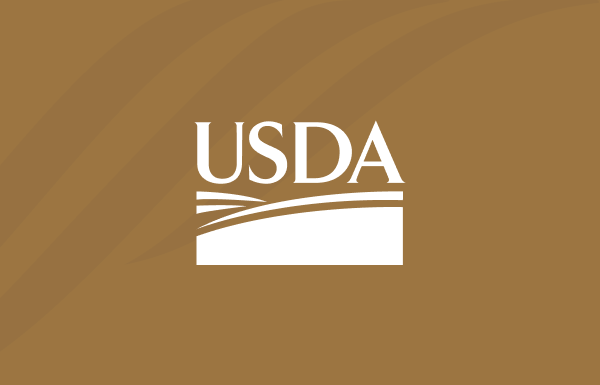Orleans, California has no cell service, no high-speed internet, and sometimes not even a reliable landline phone connection. This town of five or six hundred people, nestled along the Klamath River and Six Rivers National Forest, is in the heart of the territory of the Karuk Tribe. Their isolation forces businesses to leave town, blocks students from distance learning opportunities, cuts off the health clinic from video access to faraway specialists, and hobbles the police station, whose officers already drive in from the nearest station an hour away.
It’s like so many tiny towns I’ve visited across the lands of California’s 109 Federally-recognized Tribal Nations. They never fail to inspire me, from all the hard choices they have to make and the hard work they always do to make their communities better places to live.
The story of the Orleans community changed on October 16, 2015, when the Karuk Tribe cut the ribbon on their first ever wireless network. I was there with Tribal Council representatives, members of the community, California state officials and USDA Rural Development staff, gathered on that Friday afternoon to celebrate a momentous occasion: Orleans’ first broadband internet connection.
Eric Cutright, IT Director for the Tribe, thanked his community for their commitment. He said, “The very first day I was on the job I came down to Orleans and I went, ‘Wow, there’s no communications here, there’s nothing here—what do I do? How do I do IT here?’ And then every month, bless his heart, Dr. Willett [would] come to Council and he’d say, ‘My phones don’t work—I got no internet. Fix it!’ And so the Council said, ‘Fix it!’ […] And today is the day that we can finally say we fixed it, seven years later. It’s been quite the journey.”
After years of community planning, the Karuk Tribe received a $1,141,870 Community Connect Grant from USDA Rural Development in 2011 to install fiber optic cables and build a wireless internet service connecting every home and business in Orleans. The Tribe partnered with EnerTribe and Native Link, two Natively owned firms, to help them apply for this grant, specifically targeted at communities with almost zero connection service, and to design and lay the cable system. Building on existing infrastructure, the Tribe used Verizon utility poles to hang their fiber optic cables. Building on their neighbors, they engaged the nearby Yurok Tribe, another Community Connect beneficiary, in a plan to expand wireless internet service and provide emergency redundancy across all of northern Humboldt County.
With reliable broadband, the Tribe intends to open new doors. They’ve launched a public computer center at the local library and can offer college courses to local students. The health clinic can improve telemedicine technology. Firefighters can better communicate as they battle wildfires in the surrounding forests. And local small businesses can connect to a global marketplace, while staying close to home, heritage and history.
I spoke to Roberta Coragliotti at the ceremony, who said, “USDA Rural Development has made a big difference in our community! Starting in the early 1990s the USDA RD's programs helped us organize and develop the first Community Action Plan. This plan identified internet access as a top priority [and] guided us in establishing a Community Computer Center – with dial up connections no less – staffed by volunteers with free services for all.”
And through it all, decades later, the ideas in that first community plan are still moving forward.
Cutting the ribbon on a new broadband connection is the one moment when I can say congratulations. The rest of the story is what makes helping people through Rural Development so amazing—the diligence, the hard work, the opportunity, and the transformations that communities make for themselves.
“We are so excited—we waited a long time for this,” said Renée Stauffer, Orleans Representative on the Karuk Tribal Council. “We are going to be connected to the world!”
You can find more information on Rural Development’s programs for Native and rural communities online at www.rd.usda.gov/ca.

